The year 2015, which is about to bid adieu, gave us lot of famous cricketing moments. It witnessed the spectacle of ICC Cricket World Cup 2015 and subsequent crowning of Australia. It also saw the nine-year long dream run of South Africa in away Tests ending in India. The world cricket got quite a few young and exciting talents, who made their mark this year. At the same time, the cricket fraternity lost few of its finest gems. Chinmay Jawalekar remembers 13 such international cricketers who left the planet for their heavenly abode this year. READ: Yearender 2015: Playing XI of retired cricketers from ODIs
1. Richard Austin (September 5, 1954 – February 7, 2015)
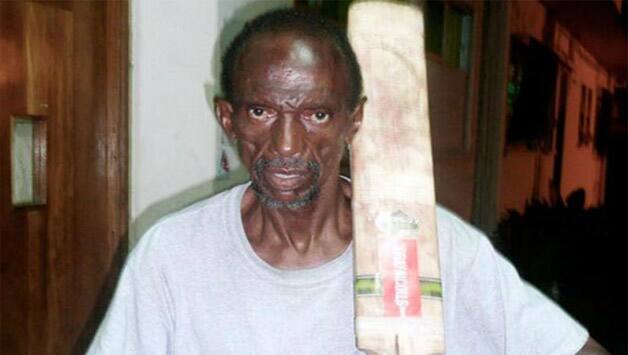
© Indiatvnews.com
Richard Austin was a true all-rounder; not just because he could bat and bowl equally well, but also for being a talented table-tennis player and an exceptional footballer who was good enough to play for Jamaica. Austin won three caps for his country — 2 Tests and a One-Day International (ODI) in early 1978. But he soon signed for Kerry Packer’s rebel World Series Cricket (WSC) and was dropped from the team. Even after the settlement between Packer and world cricket, Austin never made it to the team again despite doing well. Austin later decided to participate in the 1982-83 rebel tour to South Africa, which led to him being banned for life. As a result, his life fell apart. He became homeless and developed a drug problem. On February 7 this year, he died aged 60 in a hospital.
2. Bob Appleyard (June 27, 1924 – March 17, 2015)
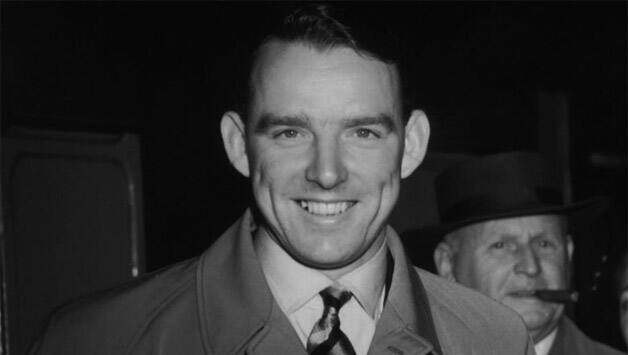
© Getty Images
Robert ‘Bob’ Appleyard faced lot of tragedies in his life early on. By the time he turned 15, he had lost his entire family — his mother left home while his father, stepmother and sisters had died. He made his Yorkshire debut only when he was 27, but soon after he was diagnosed with tuberculosis. He was not expected to live, but he showed immense fortitude to bounce back to life as well as cricket. His steady performances earned him England call-up and he ended up playing nine Tests in which he picked up 31 wickets with his gentle medium pace that had variations of off as well as leg-cutters. He quit cricket after only five full seasons and later fought many a battles in life; won a legal battle against his employers, lost his son and grandson to leukaemia and brought Yorkshire Academy to Bradford Park Avenue. He died on March 17 this year, aged 91. READ: Yearender 2015: Playing XI of cricketers who retired from Tests
3. Richie Benaud (October 6, 1930 – April 10, 2015)
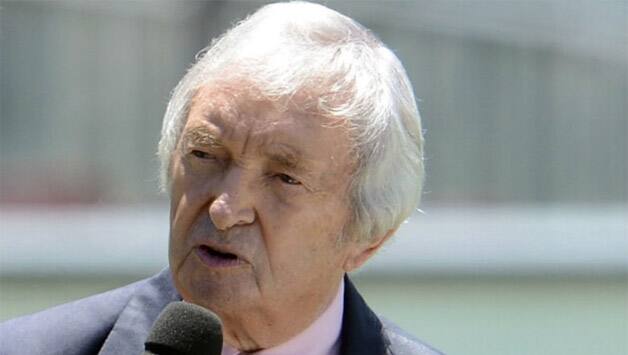
© Getty Images
Richard ‘Richie’ Benaud was the master of many trades — an effective leg-break bowler, an aggressive lower-order batsman, a terse journalist, a magisterial commentator and an articulate author. Easily one of the most influential cricketers post World War II, Benaud helped Australia restore its cricketing pride lost in the early 1950s. He went on to become not only one of Australia’s greatest all-rounders, but also one of the team’s best captains, as he reclaimed the Ashes for his side and then defended it successfully twice. In 1963, he became the first player to reach 200 wickets and 2,000 runs in Test cricket. He played the last of his 63 Tests next year before calling it a day. Later, he turned into a cricket commentator, broadcaster, journalist, mentor and author. He helped Kerry Packer with the formation of World Series Cricket and was guru to Ian Chappell and Shane Warne among others. He died on April 10 this year.
4. Hemant Kanitkar (December 8, 1942 – June 9, 2015)
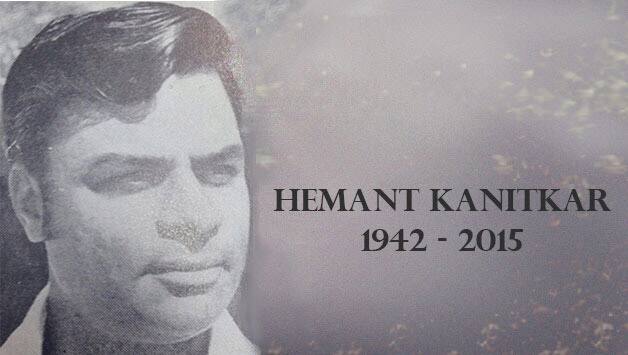
Photo courtesy: Ramadham Presents The Galaxy of Indian Cricketers
A stalwart of domestic cricket, Hemant Kanitkar surprisingly played only two Tests for India. He earned the India call-up for the home series against West Indies, where against the formidable attack lead by Andy Roberts, Kanitkar top-scored with 65 in his debut Test innings in Bangalore. He was dropped following scores of 18, 8 and 20 in his next three innings and was never recalled. Kanitkar remained a legend at the domestic circuit, where he first made a mark on his First-class debut, scoring a century for Maharashtra against Saurashtra in 1963-64 at the Poona Club. After retiring from cricket in 1977-78, Kanitkar served as a coach and selector for Maharashtra, and also chaired the national junior selection panel from 1996-97 to 1998-99. His son Hrishikesh also went to play for India, representing the country in two Tests and 34 ODIs. Kanitkar died on June 9 this year. READ: 2015 Yearender: Top 10 Test bowlers of the year
5. Clive Rice (July 23, 1949 – July 28, 2015)
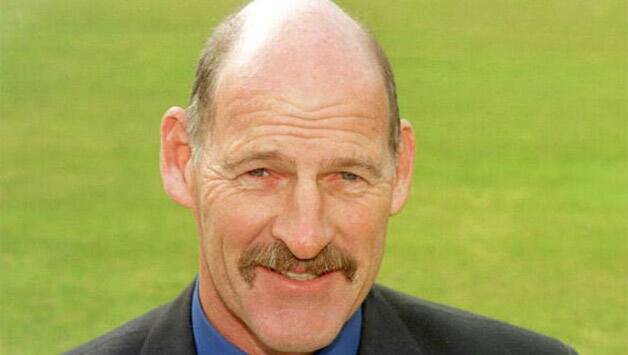
© Getty Images
Clive Edward Butler Rice was one of those unfortunate South African international cricketers, whose career coincided directly with country’s sporting isolation. He made his First-Class debut in 1969, a year before South Africa’s last Test series prior to isolation. By the time his country made a comeback to international cricket by touring India in 1991, Rice had already turned 42. Although he captained his country on that tour, just months later he was considered to be too old to play for South Africa at the 1992 World Cup. An all-rounder, Rice ended his First-Class cricket career with a batting average of 40.95 and a bowling average of 22.49. He captained Nottinghamshire County Cricket Club from 1979 to 1987 and is widely regarded as one of the best all-rounders of his generation, alongside Imran Khan, Ian Botham, Kapil Dev and his county team-mate Richard Hadlee. He died on July 28 this year in hospital at the age of 66, suffering from a brain tumour.
6. Arthur Morris (January 19, 1922 – August 22, 2015)
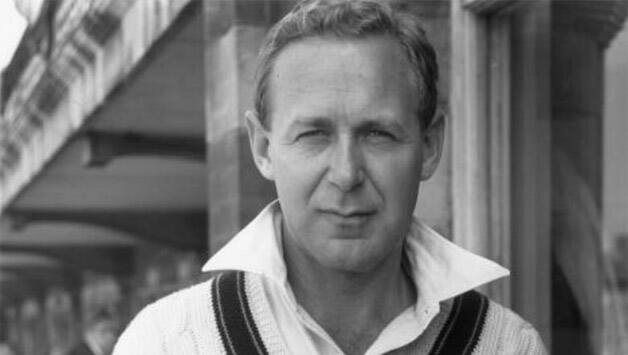
© Getty Images
One of Australia’s finest left-handed opening batsmen, Arthur Morris lost prime run-getting years to the World War II after scoring a hundred in each innings of his First-Class debut aged 18. When he played after the war, he even outscored Don Bradman on the tour of England in 1948. Morris played a key role in Australia’s invincible side. His efforts in the fourth Test at Headingley in the same series helped Australia to reach a world record victory target of 404 on the final day, with Morris scoring 182 of those. He was named in the Australian Cricket Board’s (now Cricket Australia) Team of the Century in 2000 and was inducted into the Australian Cricket Hall of Fame in 2001. Morris died on August 22 this year.
7. Ian Smith (February 23, 1925 – August 25, 2015)
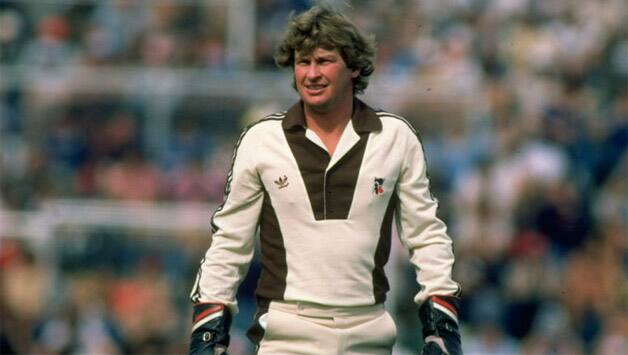
© Getty Images
Vivian Ian Smith was the former South Africa leg-spinner who represented his country in nine Tests between 1947 and 1957 and picked up 12 wickets. His career-best match figures of 7 for 189 came in his debut in Nottingham, where England were forced to follow-on. The presence of spinners such as Athol Rowan, Hugh Tayfield and Tufty Mann resulted in Smith not being able to play more for the Proteas. However, Smith had an impressive First-Class record, where he picked-up 365 wickets in 97 matches for Natal at an average of 22.55. He died at the age of 90 on August 25 this year.
8. Brian Close (February 23, 1931 – September 14, 2015)
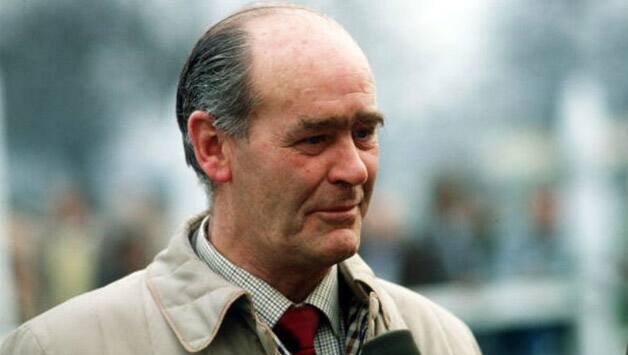
© Getty Images
One of the bravest cricketers to ever play Test cricket, Brian Close represented England in 22 Tests and three ODIs. As an opener in the pre-helmet days, Close took many blows to the body while batting against the Australian and West Indian pace battery. Even as a close-in fielder, Close took many blows to the body. He was largely considered as a lion-hearted and unselfish leader during his days as Yorkshire, Somerset and for a brief while, England captain. The youngest man ever to play Test cricket for England at 18, Close continued to serve Yorkshire cricket as a coach to its Colts XI after his playing days. He died this year on September 14, aged 84.
9. Fred Ridgway (August 10, 1923 – September 26, 2015)
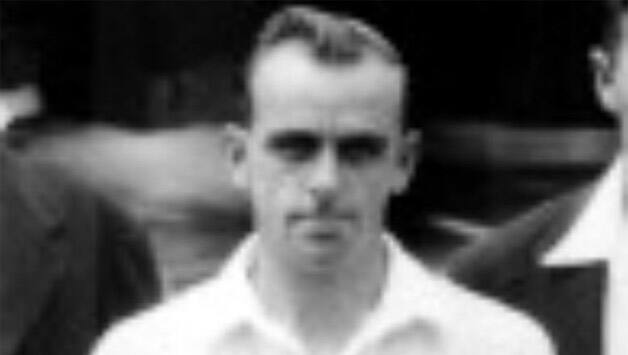
© Getty Images
Fred Ridgway was a former Kent and England bowler, who played five Tests for England — all during the 1951-52 tour of India. At the time of his death, he was England’s second-oldest living Test player behind Don Smith. Ridgway was a right-arm seamer who took more than 1,000 First-Class wickets while representing Kent for 16 seasons after World War II. In 1951, he achieved the stupendous feat of taking four wickets in four balls against Derbyshire. Ridgway opened the bowling alongside Brian Statham on that tour of India and took seven wickets at 54.14. He was a part of the England side that was beaten in Chennai to give India their first Test victory. Ridgway was also a capable footballer and played semi-professionally for Ramsgate FC in the Kent League. He died aged 92 on September 26 this year.
10. Frank Tyson (June 6, 1930 – September 27, 2015)
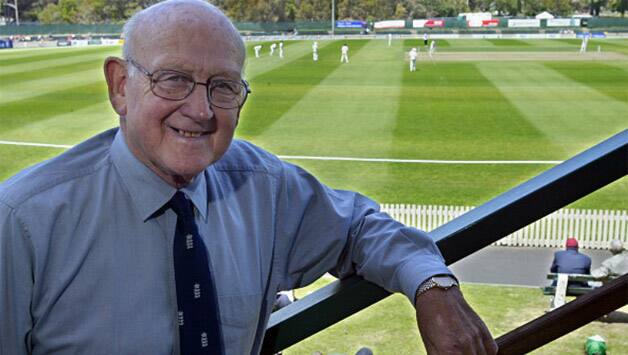
© Getty Images
Frank Holmes Tyson, also nicknamed as ‘Typhoon-Tyson’ by the press, was a former England bowler who many commentators claim was the fastest they had ever seen in cricket. In 17 Tests that he played, Tyson took 76 wickets at an average of 18. He has the seventh lowest bowling average in Test cricket for bowlers who have taken 75 wickets. Tyson is best known for blowing-away Australia in the Ashes 1954-55, which England successfully retained. After retiring early from the game, Tyson immigrated to Australia, where he became a headmaster for a time before coaching Victoria. He also took up cricket commentary and writing. He died in Queensland, Australia, on September 27 this year.
11. Lindsay Kline (September 29, 1934 – October 2, 2015)
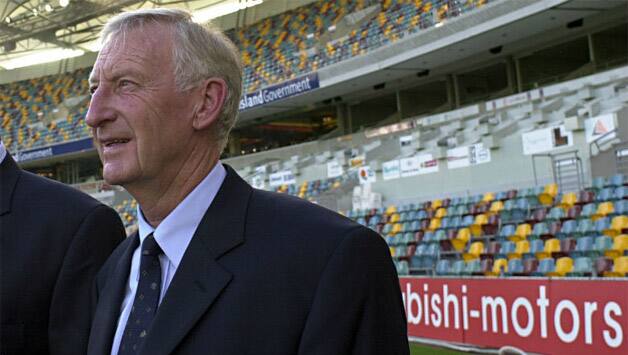
© Getty Images
Lindsay Francis Kline was a slow left-arm chinaman bowler, who played 13 Tests and took 34 wickets for Australia at an average of 22.82 between 1957 and 1961. Nine of Kline’s 13 Tests came overseas where he was notably successful (31 wickets at 15.35). Kline’s greatest moment came in just his second Test when he became just the sixth Australian to take a hat-trick, dismissing three South African tail-enders in as many balls to claim victory for Australia. Against West Indies, he hung in for 100 minutes as Australia held on for a draw at Adelaide. It also happened to be his last act in Test cricket. Kline played 88 First-Class matches in total, taking 276 wickets at an average of 27.39. He passed away just a couple of days after celebrating his 81st birthday on October 2 this year.
12. Basil Williams (November 21, 1949 – October 25, 2015)
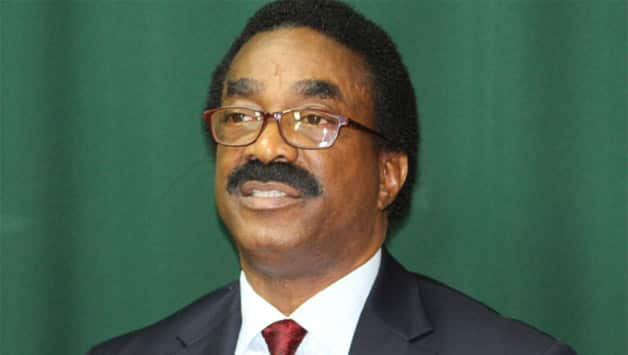
© Newssourcegy.com
Alvadon Basil Williams was the former West Indies opening batsman, who played seven Tests during 1978 and 1979 when the West Indies team were weakened by the defection of many leading players to rebel World Series Cricket. Williams proved to be an effective replacement, scoring 469 runs at 39.08. He became the 10th West Indian to score a century on Test debut, when he hit 100 off 118 balls in the second innings against Australia in Georgetown in 1978. Later that year, on the tour of India, Williams scored 111 in Kolkata. But the unlucky player was dumped for good once the preferred players returned for selection. Williams made five centuries in his 46-game First-Class career and averaged 36.02. He died this year on October 25.
13. Tom Graveney (June 16, 1927 – November 3, 2015)
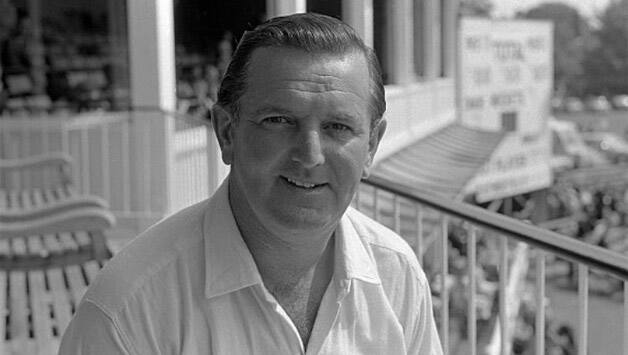
© Getty Images
Thomas William Graveney, or simply Tom Graveney, was a former England middle-order batsman. An elegant player, Graveney played 79 Tests for his country, scoring 11 centuries and averaging 44.38. His First-Class record is even more illustrious, with more than 47,000 runs including 122 hundreds at an average close to 45. Graveney captained England once at the age of 1, deputising for Colin Cowdrey against Australia at Headingley in 1968. After retiring from his cricket career that stretched from 1948 to 1972 and included stints with Gloucestershire, Worcestershire and Queensland, he became a BBC commentator and served as the 200th president of the MCC in 2005. He was the first former professional cricketer to be appointed to the post. Graveney passed away at the age of 88 on November 3 this year.
(A self-confessed cricket freak, Chinmay Jawalekar is a senior writer with CricLife and CricketCountry. When not writing or following cricket, he loves to read, eat and sleep. He can be followed here @CricfreakTweets)